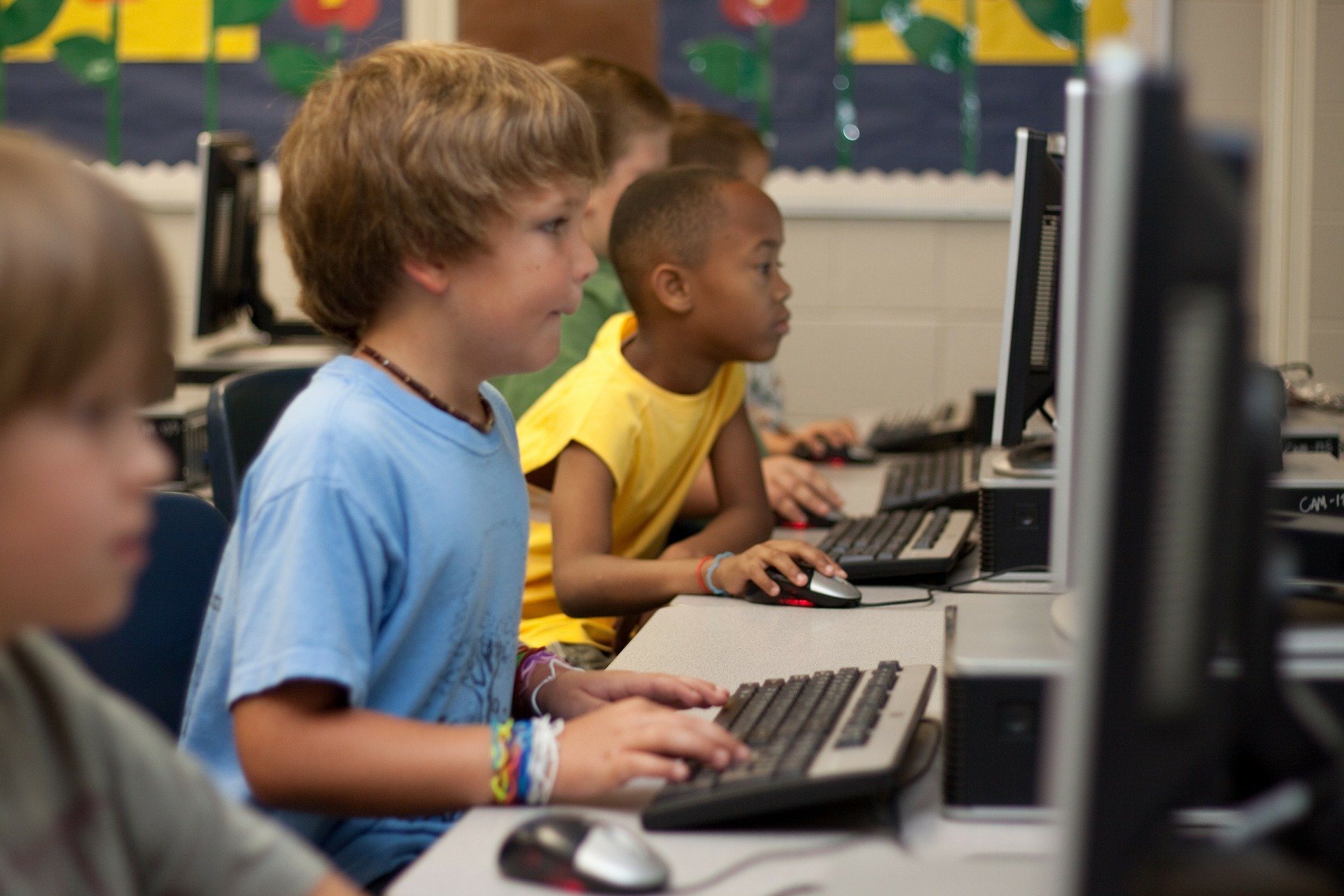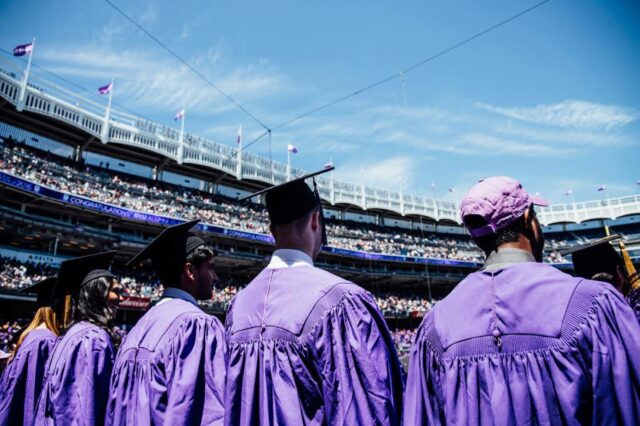By Adi Adamit- Gorstein
1.1 million students and their families are forced to rearrange fall plans as Mayor Bill de Blasio announces New York City schools will be delayed by ten days. For middle to low-income families who can’t afford last minute childcare, their options are limited. After spending months adapting to a virtual learning model while balancing careers, parents are facing burnout from the constant change of plans and looking for sufficient solutions.
The COVID-19 pandemic exposed deep failures of the Government to provide basic childcare services for working families. These services are known to be scarce, expensive and unaffordable for parents as costs average an estimated $1000/month. Unsurprisingly, the ones who suffer the most are essential workers, unable to transition to a remote working model after many states were ordered to shut down non-essential work. As a result, many of them were left without viable solutions to provide care for their children, compared to wealthier parents.
In New York City, Mayor Bill de Blasio’s plan to safely reopen schools has been heavily questioned by city officials and the principal’s union. Even if the plan goes accordingly, it is hard to know if the city will maintain its current low infection rate throughout the academic year, after becoming the epicenter of the coronavirus in March. If the infection rate increases to problematic levels prompting local outbreaks, it will force schools to shut down once again, as seen recently in Georgia. In this terrifying scenario, parents will again be faced with having to choose between maintaining their jobs or taking care of their children.
Fortunately, the city seems to be aware of these unprecedented challenges. Mayor Bill de Blasio announced a month ago that the city will provide free childcare for approximately 100,000 students starting this September. According to the plan, childcare will be available for children ranging from grades 3K through 8th grade, and approximately 50,000 seats available for students each day.
This is a commendable initiative, but one that provides a solution to only 9% of the 1.1. million students within the New York City public-school system. NYC’s Board of Education will have to form equitable strategies to decide which families will be prioritized for these spots. Therefore, it is no surprise this announcement drew immediate criticism from city council members. According to City Councilman Ben Kallos, “The mayor’s latest plan for 100,000 kids will still leave three out of four families in the lurch- and wondering if they will win the lottery.†In a letter written by Kallos and City Council Member Brad Lander, they urged the mayor to “guarantee a seat for every family and student who needs one, even if that number is closer to 533,000.â€
Since the city has a limited amount of time to scale up their current child care services, it might be understandable for the city to start small. Apparently, the city has yet to identify enough spaces for childcare and is actively looking at locations such as schools, community centers, libraries, cultural organizations and even private areas. The cost yet to be negotiated, but the ultimate goal should be to scale the program to address the entire student population.
This uncertainty has led other community initiatives to fill in the void. One initiative was introduced this month by Congresswoman Alexandria Ocasio-Cortez (D-NY) to assist families with self-organizing learning pods and afterschool activities to children. According to one of the organizers of the initiative Jonathan Soto, “the basic idea is that for every hour a member gives, he receives an hour in return.†This initiative aims to help parents “work together to not only meet their neighbors needs but at the same time, understanding that our survival is dependent on one another.â€
The absence of child care during the pandemic is also increasing the existing gender gap between women and men. A new study found the current economic recession impacts women harder than their male counterparts. Between February and April 2020, male unemployment increased by 9.9%, while female unemployment increased by 12.8%. Researchers explained these numbers are fueled by the closure of schools and day care facilities, which have forced children to stay home.
Despite the impacts of COVID-19 on working families—especially women—the importance of child care has not gained major prominence in the media nor has it been heavily debated by political leaders. For instance, this topic has been mostly absent from the 2020 Democratic Party presidential debates. Luckily, the Democratic presidential nominee Joe Biden does recognize that we are facing a “child care emergency†as he put it. If elected, Biden proposes a plan that would provide free preschool to all 3 and 4-year-olds in the US. Additionally, the plan includes tax credits to encourage employers to construct onsite child care facilities. The cost is estimated to be around $775 billion as part of a larger proposal that would provide caregiving for older Americans as well.
The last time universal childcare had strong bipartisan support was in 1972, under the Comprehensive Childhood Development Act during the Nixon Administration, where Nixon eventually vetoed over “family-weakening implicationsâ€. If Democrats win back the White House and Senate this November, there is a chance universal childcare will pass as a new law—delivering a big win for working families.
Guest Author

Adi Adamit- Gorstein is a second-year MPA Candidate at NYU Wagner specializing in International Development. She currently interns for the Regional Organization for Peace & Economics and Security (ROPES). She started her professional career as a journalist in Israel, and later worked as an associate for one of Israel’s largest PR firms focusing on communication strategy for NGO’s and politicians.




